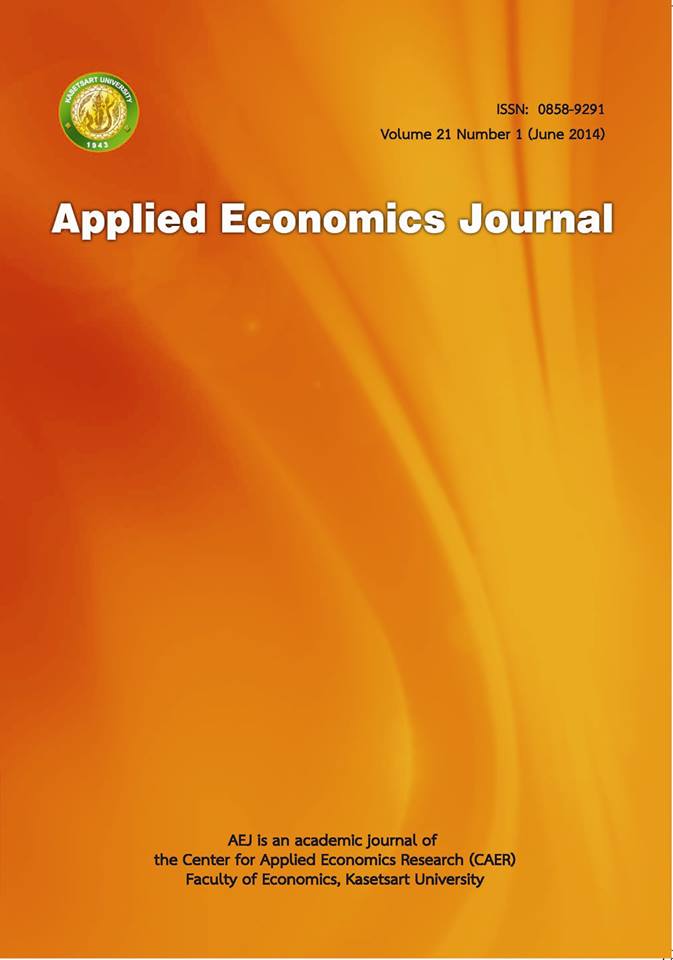Economic Relationship between Access to Land and Rural Poverty in Nepal
Main Article Content
Abstract
In the present socio-economic structure of Nepal, land is the main source of income and consumption for the majority of Nepalese. This study analyses the economic relationship between access to land and poverty in Nepal by establishing the link between land and consumption as well as land and income. A generalised additive model (GAM) and ordinary least squares (OLS) demonstrate that greater access to land increases income and consumption of the household and thereby reduces poverty. The significant marginal value of land for both consumption and income implies that an effective land reform policy could well be an effective approach to alleviate rural poverty. However, land reform must come as part of a larger overhaul. Cluster analysis shows that land reform should target appropriate subgroups within the community in order to differentiate those who would make use of the extra land from those who would not, and apply appropriate strategies to each subgroup. It reveals the importance of subgroups in determining an appropriate strategy for tackling poverty.
Article Details
How to Cite
Bjorndal, T., & Adhikar, C. B. (2016). Economic Relationship between Access to Land and Rural Poverty in Nepal. Asian Journal of Applied Economics, 21(1), 20–41. retrieved from https://so01.tci-thaijo.org/index.php/AEJ/article/view/57234
Section
Research Articles
The paper is published under CC BY-NC-ND, in which the article is freely downloaded and shared in its original form non-commercially and its citation details are identified.


